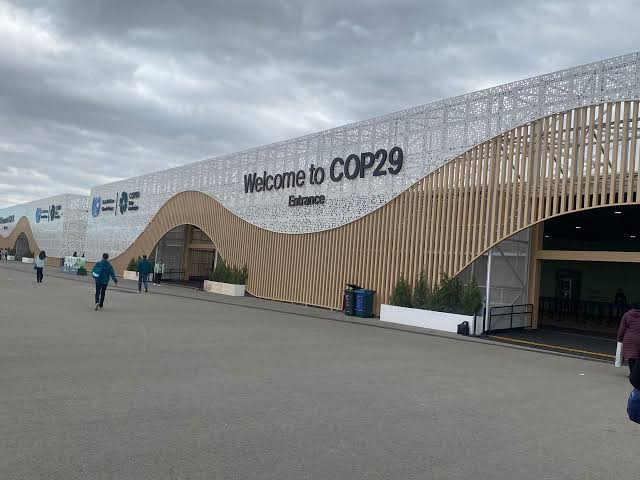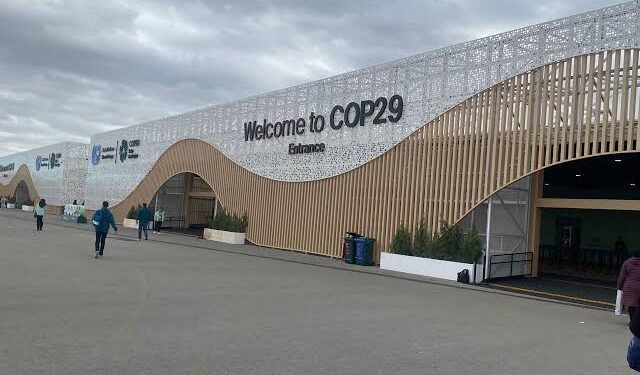At the COP29 climate meeting in Baku, countries have decided to set a goal of $300 billion each year by 2035 to help poorer nations deal with the serious effects of climate change. This agreement, reached after extensive negotiations, seeks to build on the previous $100 billion annual commitment, which was met in 2022 and is set to expire in 2025
The deal has drawn mixed reactions. Some view it as a breakthrough for global climate cooperation, forward for working together on climate issues, while others say it’s not enough to handle the big climate problems we have.
Chandni Raina, India’s representative, called the agreement an “optical illusion,” saying it doesn’t meet the urgent needs caused by the climate crisis.

“I regret to say that this document is nothing more than an optical illusion. In our view, it won’t solve the huge challenge we all face. So, we don’t support this agreement,” Raina said.
On the other hand, Simon Stiell, the United Nations climate leader, admitted that it was hard to reach an agreement but said that the deal is an important step in fighting global warming.
“It was a tough process, but we made a deal. This deal will help the growth of clean energy and protect billions of people,” Stiell said. He cautioned, however, that the agreement’s success depends on timely and full contributions, comparing it to an insurance policy.
The $300 billion annual commitment is designed to help countries that are struggling with more extreme weather events like storms, floods, and droughts. These problems are mostly caused by the greenhouse gas emissions from industrialised countries in the past.
The agreement also sets up the next big climate meeting, COP30, which will be in Brazil’s Amazon rainforest next year. At that meeting, countries are expected to create a detailed plan for climate action over the next ten years.

















